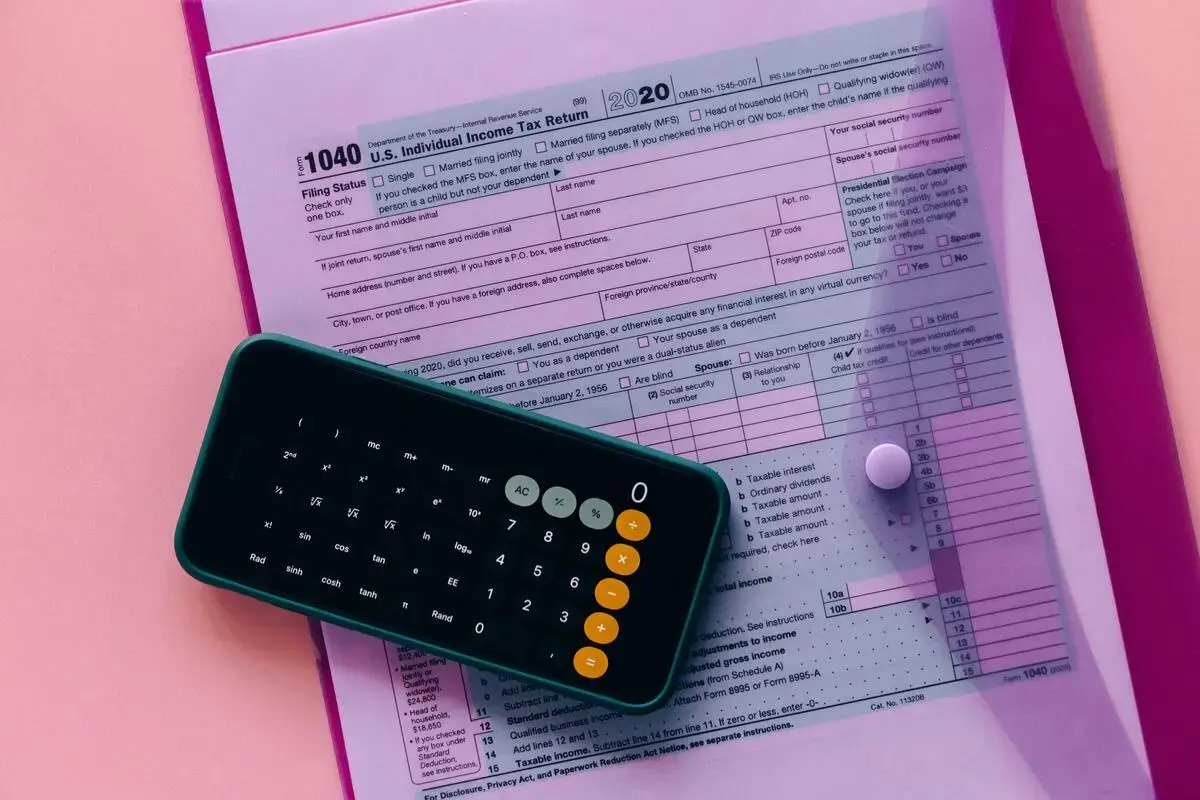Increasing voluntary tax compliance through outreach to clients of return preparers

Tax return documents
What was the challenge?
The Internal Revenue Service (IRS) Return Preparer Program (RPP) is an agency-wide effort to enforce compliance of tax return preparers. Paid tax preparers complete the majority of returns that claim benefits, helping their clients to file tens of millions of tax returns each year. In 2020, the IRS estimated over $22 billion in overpayments from improperly claimed refundable tax credits and other tax benefits. As part of RRP, the IRS is evaluating the impact on voluntary tax compliance of education and outreach to clients of tax preparers.
What was the program change?
The IRS sends a letter prior to the filing season to a sample of taxpayers whose previous return may have contained errors and who used a tax preparer who made likely errors on many of their clients’ returns. The letter alerts the client to potential errors in their previous return and provides information on how to correct the return and choose a better tax preparer in the future. A modified “behavioral insights” version of the letter made taxpayer responsibilities and penalties more salient and simplified key actions steps. Mailing pre-filing season letters to some clients may influence other clients who used the same tax preparer through “spillover effects”: clients sent letters may share information with these other clients, or their tax preparer may learn about the letter and may more carefully file returns for all of their clients.
How did the evaluation work?
IRS selected a sample of 86,446 clients (77,692 returns) who used one of 1,994 tax preparers identified as preparing returns during the 2020 filing season that may have contained errors. Groups of clients who used the same tax preparer were randomly assigned to a treatment group where some clients were sent letters or a control group where no clients were sent letters. Clients in the treatment group were randomly assigned to be sent a behavioral insights letter, sent a treatment-as-usual letter, or sent no letter (the spillover group).
What was the impact?
Clients sent letters were more likely to change their tax filing behaviors (by not filing or using a different method to file), less likely to claim tax credits with likely errors, and had lower improper payments (measured by refund amount and dollar amount of tax credits claimed with likely errors). The behavioral insights letter increased the likelihood that clients changed their tax filing behaviors beyond sending the treatment-as-usual-letter but had no differential effect on other outcomes. In contrast, spillover effects of the letter did not change filing behaviors but reduced the likelihood of errors in claiming tax credits and improper payments. Sending letters results in savings of approximately $15.2 million, as measured by reductions in refund amount among clients sent letters ($8.9 million) and clients exposed only to the spillover effects of the letters ($6.3 million).
Verify the upload date of our analysis plan on GitHub.
